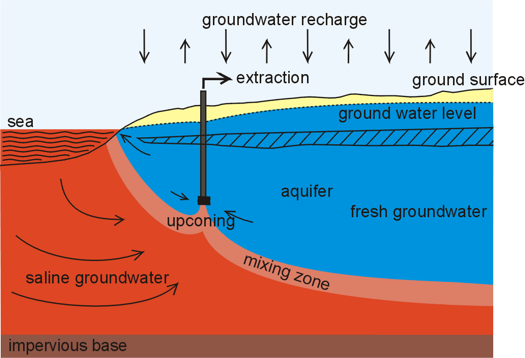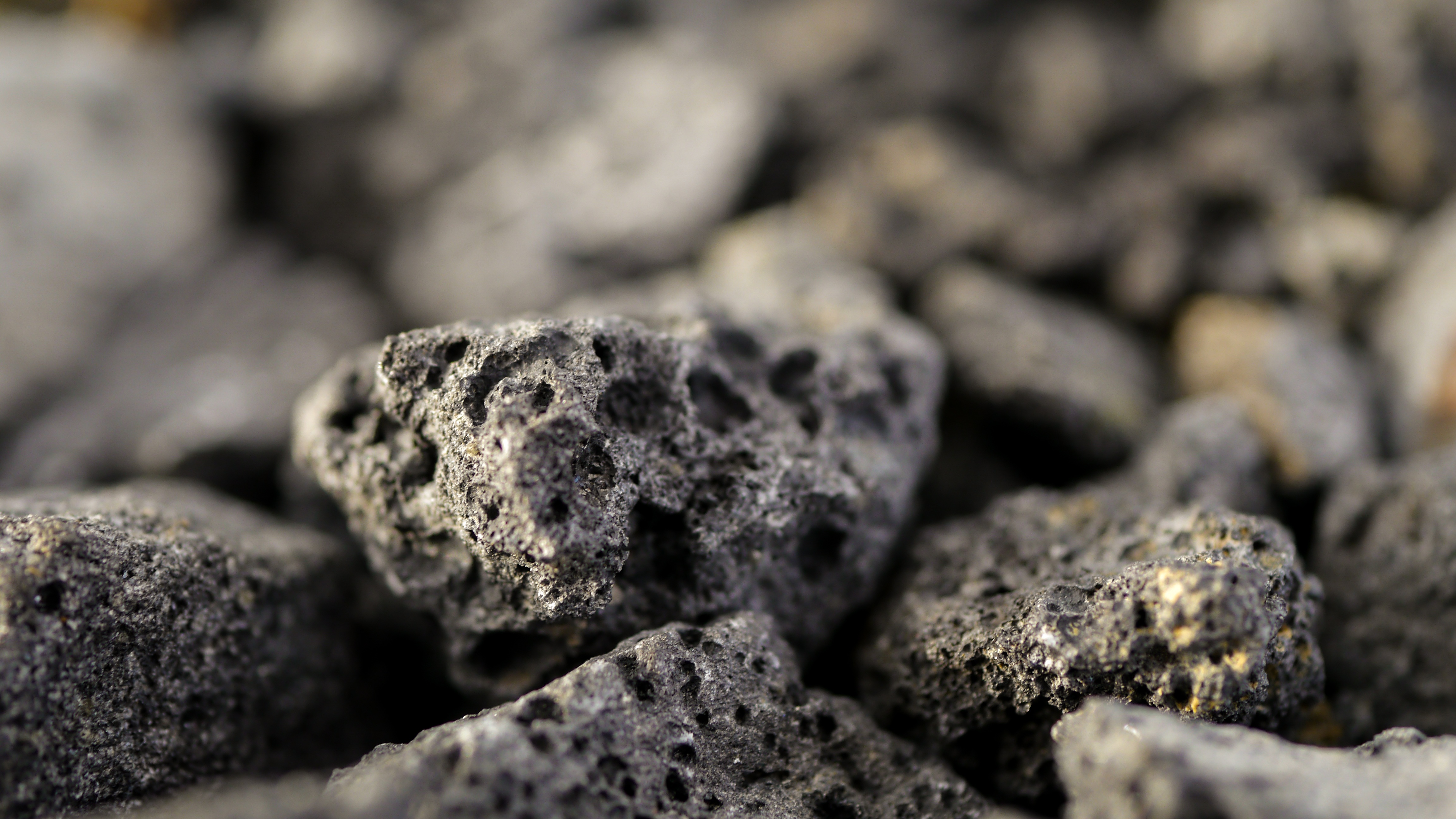Renewable energy and heating sources are rapidly evolving and becoming more popular every year. Now as these technologies are becoming more and more widespread with smaller communities wanting to incorporate renewable energy in smaller scale development.

Duindorp, a small community near The Hague saw an opportunity to rebuild local housing dating from the 1930s into modern low-income homes. During the concept phase residents made it clear they wanted renewable district heating, but developers were challenged to provide renewable power at prices compliant with Dutch principles mandating consumer’s costs stay at the same level for clean energy. As the sea is close to Duindorp seawater was taken into consideration as a means of generating heat. As the climate and geography in the region is difficult to deal with due to Northern European winters, but from this realisation emerged the world’s first district heating system in 2008, turning seawater into a sustainable source of energy for 800 homes.
The technology works by drawing in water through five stages of filtering. In summer, when the temperature of seawater is more than 11 degrees, only the heat exchanger is used. The heat exchanger feeds heated water to local grid, drawing enough heat from the seawater to cover resident’s needs. In the winter, when the water temperature is less than 4 degrees, the heat pump is used. Using electricity, the heat pump works to move thermal energy from a cold source to a warmer heat sink. The ammonia heat pump has an output of 2.7 MW and warms the water to approximately 11 degrees, which is then fed to the local grid. Upon reaching each household, the water is further heated by each home’s own heat pump to either 65 degrees for hot water and 45 degrees for heating.

The overall efficiency of the heat generation process with this system is more than 50% better than with conventional high-efficiency boilers, while the cost to the residents is similar to the cost of a conventional heat. It is promised that over the next ten years the energy prices to the residents of the houses connected to the system will be fixed. The energy yield produced by drawing heat from the sea results in a 50% reduction in CO2 emissions. The annual operating and maintenance costs are estimated to be 5.7% of initial investment that is €7.5 mln. Due to the experimental nature of this project, the costs appear relatively high. However, if the fresh surface water was used, then the costs would be 10‐20% lower.







